Panoramic view of Monaco from the Tête de Chien (Dog's Head) high rock promontory
Monaco is home to the very rich and known to be one of the wealthiest places in the world. About 30% of 38,000 population is made up of millionaires--12,261 of them, according to Business Insider--France. The per capita rate is $165,420. The second highest rate is Liechtenstein at $166,021 and which is 80 times larger than Monaco. Luxembourg and Bermuda come in third and fourth with per capita rates higher than $100,000. Just for the sake of comparison, here are per capita rates in other cities:
Kalamazoo -- $31,388
Detroit -- $32,924
Tokyo -- $38,927
Rome -- $39,412
San Francisco -- $52,261
Paris -- $62,107
New York City -- $93,196
Abu Dhabi -- $70,000
According to the 2019 Knight Frank Wealth Report, the number of millionaires living in Monaco increased by 12% between 2013 and 2018 with predictions that by 2026 there will be 16,100 millionaires. However, the BBC reports that at present, there is not enough room for them all, so the country has recently made plans to construct artificial islands on the sea to house them. (This seems to be an absurd and expensive solution until one realizes that besides Dubai's extravagant artificial palm islands, there are in fact 44 countries that have built artificial islands to extend their territory, including the USA.)
Naturally, I had to go to Monaco to see what this little country was all about. It turned out to be a very revealing and reflective experience about wealth and its purpose.
Truth be told, upon arriving in Monaco, I felt uncomfortable, as though my Midwest working class roots were showing. Despite my "climb" into the professional class, I was intimidated by the aura of wealth that pervades the country: fancy buildings, luxurious hotels, huge yachts, expensive cars. Indeed, I was one of the "gawkers" of all these material goods. However, I soon found that I wasn't alone in my curiosity as most of the people out on the seaside promenade were gawkers. Some of these gawkers were dressed up trying to "look" like a million dollars, but they gave themselves away by their obvious stares and gasps at the Lamborghinis, Porches, Ferraris, and Bentleys that whizzed by trying to show everyone who they were. Even motorcyclists don't wear face masks on their helmets, perhaps as their a way of "being seen".
 Monaco wasn't always a magnet for the wealthy. That only occurred in the late 19th century when the Monte Carlo Casino opened and a railway connection to Paris was built.
Since then, Monaco's mild climate and scenery
have made the .778-square-mile nation a destination for the rich. Another major reason Monaco is so attractive to the rich (75% of whom are foreign-born) is that it is a tax haven; there are no income taxes; and business taxes are low. More recently, the economy has attracted business people in banking, services, and small, high-value-added, non-polluting industries.
Monaco wasn't always a magnet for the wealthy. That only occurred in the late 19th century when the Monte Carlo Casino opened and a railway connection to Paris was built.
Since then, Monaco's mild climate and scenery
have made the .778-square-mile nation a destination for the rich. Another major reason Monaco is so attractive to the rich (75% of whom are foreign-born) is that it is a tax haven; there are no income taxes; and business taxes are low. More recently, the economy has attracted business people in banking, services, and small, high-value-added, non-polluting industries. Automobiles and the Grand Prix
Monaco's other claim to fame is its annual Formula One motor race called "The Grand Prix". (Formula One is the highest class of single-seater auto racing sanctioned by the Fédération Internationale de l'Automobile and owned by the Formula One Group.)
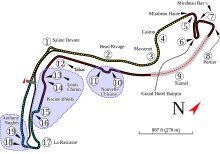
The annual race is held on the Circuit de Monaco on the last weekend in May. Established in 1929, it is considered one of the most important and prestigious automobile races in the world, along with the Indianapolis 500 and the 24 Hours of Le Mans. The race is held on a narrow course laid out in the streets of Monaco (see above), with many elevation changes and tight corners as well as a tunnel, which thus make it one of the most demanding tracks in Formula One.
 This sculpture of William Grover, winner of the first Grand Prix on April 14, 1929, holds a prominent place on the circuit.
This sculpture of William Grover, winner of the first Grand Prix on April 14, 1929, holds a prominent place on the circuit.Cars are held in particular reverence in Monaco, much like they do in my hometown of Detroit. However, these cars are unique in that they are the most expensive in the world.
Mercedes-Benz on the Grand Prix circuit


Bentley Bentayga

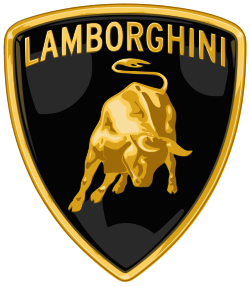
 In Monaco, the Audis and Mercedes-Benz seem to be sort of ho-hum rich. Then there are the odd-ball cars that make a statement about climate change and wealth at the same time.
In Monaco, the Audis and Mercedes-Benz seem to be sort of ho-hum rich. Then there are the odd-ball cars that make a statement about climate change and wealth at the same time.(Just a tip if you go to Monaco, Bus 100 is just down the street from Garibaldi Square toward the port. Turn left at Rue Fodérém the last street before you reach the port. There are a couple steel benches and a line of people there. If the bus drives off without you, don't worry, another one will appear within 15 minutes.)
 The other advantage of taking the bus was that it runs along the Mediterranean Sea coast and offers some beautiful views.
The other advantage of taking the bus was that it runs along the Mediterranean Sea coast and offers some beautiful views. 
Upon our arrival in Monaco, we passed through a beautiful tropical garden.

 Then we headed for the Café de Paris, a restaurant near
the Monte Carlo Casino just off the main street. We ordered a mid-morning snack of croissants (they gave
us 2 each), café au lait and
Then we headed for the Café de Paris, a restaurant near
the Monte Carlo Casino just off the main street. We ordered a mid-morning snack of croissants (they gave
us 2 each), café au lait and  one tea. We enjoyed our snack immensely, but were astounded that it cost 27 euros!
It was just the beginning of a lesson on what wealth is about.
one tea. We enjoyed our snack immensely, but were astounded that it cost 27 euros!
It was just the beginning of a lesson on what wealth is about. 





 After walking around for a while, it was lunch time. We had just arrived at the harbor and spotted a Casino grocery store (pronounced CAS-ee-no). We decided to buy our lunch there: breaded chicken with rice and diced vegetables and some fruit. We ate lunch under a tree on the promenade near the harbor where big yachts were docked and the sun shone brightly. Lunch cost only 20 euros. Quite a contrast to our breakfast snack!
After walking around for a while, it was lunch time. We had just arrived at the harbor and spotted a Casino grocery store (pronounced CAS-ee-no). We decided to buy our lunch there: breaded chicken with rice and diced vegetables and some fruit. We ate lunch under a tree on the promenade near the harbor where big yachts were docked and the sun shone brightly. Lunch cost only 20 euros. Quite a contrast to our breakfast snack! We didn't expect to "save money" in Monaco. We just wanted to experience the country, eat some good food, and enjoy the 60-degree weather. It was our way of celebrating New Year's Eve and making it memorable. However, we know how to economize our spending so that we could do more things.
We didn't expect to "save money" in Monaco. We just wanted to experience the country, eat some good food, and enjoy the 60-degree weather. It was our way of celebrating New Year's Eve and making it memorable. However, we know how to economize our spending so that we could do more things.  Of course, we stopped at the Monte Carlo Casino of James Bond fame. We didn't see him there because we were too early. The casino didn't open until 2 p.m. To just take a look at the place, however, cost 17 euros each. Instead, we found a little casino in the same building as the Café de Paris that sated our curiosity and didn't have entrance fees.
Of course, we stopped at the Monte Carlo Casino of James Bond fame. We didn't see him there because we were too early. The casino didn't open until 2 p.m. To just take a look at the place, however, cost 17 euros each. Instead, we found a little casino in the same building as the Café de Paris that sated our curiosity and didn't have entrance fees.  Tracy tried her luck at one of the slot machines and quickly won 28.56 euros. Unfortunately, the casino took it back almost as quickly. (Pshhh....check out the chairs: their backs display the Casino's name in Trumpian gold.)
Tracy tried her luck at one of the slot machines and quickly won 28.56 euros. Unfortunately, the casino took it back almost as quickly. (Pshhh....check out the chairs: their backs display the Casino's name in Trumpian gold.) 
Monaco is a good place to visit in order to understand and reflect on what wealth is: very real, very powerful--and very hidden. Wealth intimidates, and that's exactly what it is meant to do. It also operates under the radar so that no one knows who is pulling the strings.
Many people aspire to acquire material wealth so they can be on top and enjoy the luxuries in life. The truth is that striving for material wealth will inevitably be challenged by someone else who is more aggressive and more successful. In short, it's a game. No wonder J. Paul Getty's response to the question of how much money is enough was "more".
Wealth is also showy as in: "If you've got it, flaunt it." In Monaco they do it with cars, clothes, boats, jewelry, etc. A simple black bracelet with fabric wound around a wire cost nearly 100 euros. A pin with someone's name and birth date--in diamonds--was probably thousands of dollars. A tabletop Santa went for 115 euros.
Actually, flaunted wealth is usually "new wealth" or nouveau riche, as the French call it. Old money downplays its wealth, according to Peter W. Cookson, Jr. in his book on America's elite boarding schools, Preparing for Power. Students learn how to do this in school by duct taping their old shoes or wearing mismatched and/or torn clothes. Americans really don't understand what it means to be wealthy and to have all the power that it affords. Instead we marvel at the millionaires and billionaires and wish we could be like them. We also consider them to be smart because they are rich.
Another advantage to wealth is that rich people can live where other rich people live and benefit from that advantage. For example, Monaco is a very safe place with one of the most sophisticated security systems in the world including a 24-hour video surveillance system. Monaco is a very clean place and there is no litter or dog droppings on the streets or sidewalks. There are no homeless people, and the official poverty rate is 0%. This is not the real world that most people know. Actually, the very wealthy live in a protected bubble.
I must admit that I have written a class-biased posting. However, I feel totally justified: it had just been reported that the top 500 wealthy people of the world had made over $1 trillion in 2019--that's just in one year. So I'm left with 2 questions: (1) what does one do with all that money? (2) what life would be like if some of that wealth were spread around a bit more?
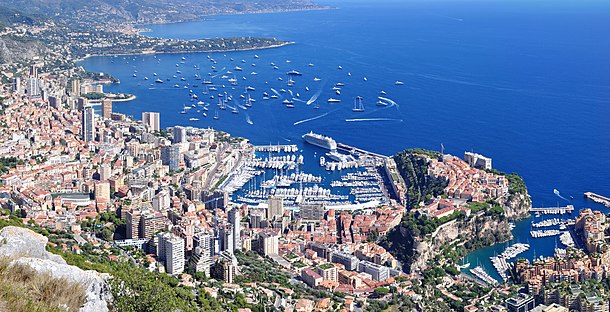



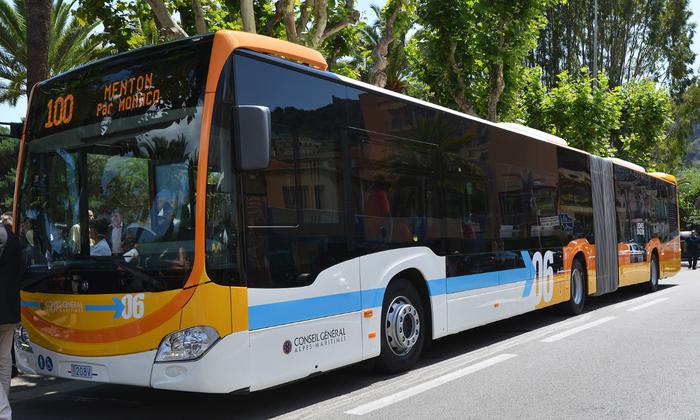





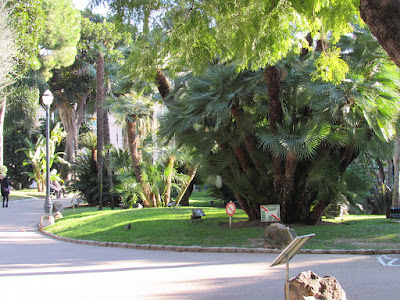







Wow! This was my favorite...remembering the Princes...
ReplyDelete